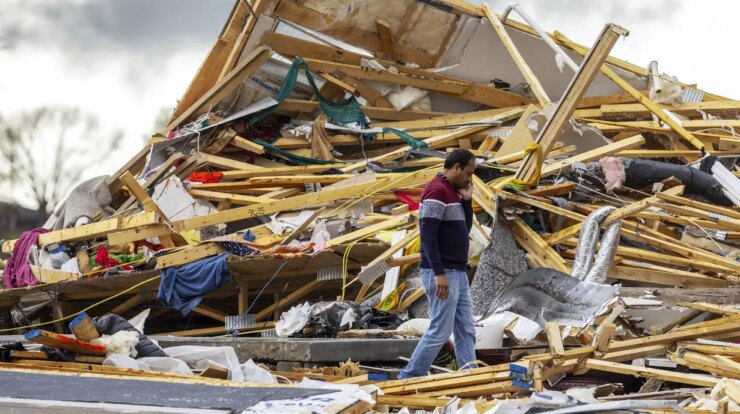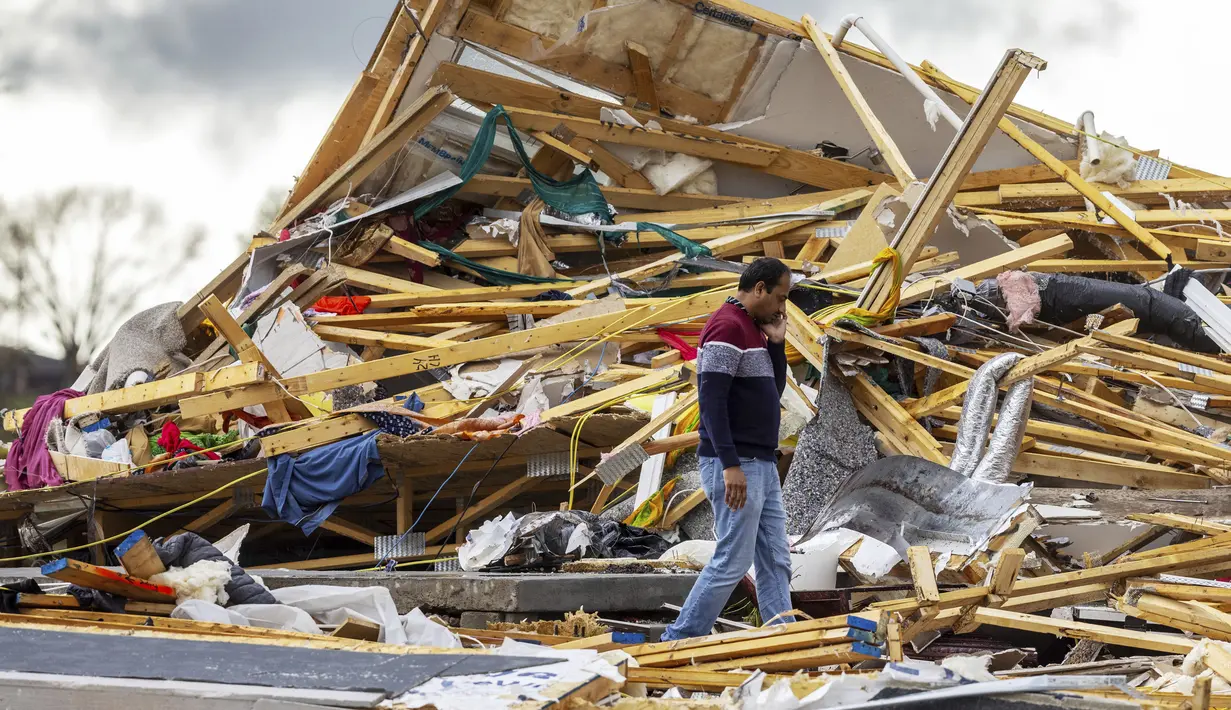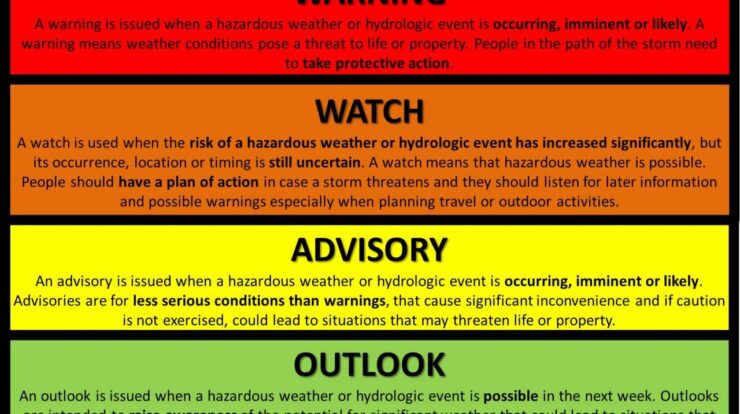
Nebraska tornadoes, a formidable force of nature, have left an indelible mark on the state’s history. From their frequent occurrences to their devastating impacts, these twisters have shaped the lives of Nebraskans for centuries.
With their unique characteristics and unpredictable nature, Nebraska tornadoes demand our attention and understanding. Join us as we delve into the science behind these storms, explore their impacts, and discover the measures taken to mitigate their destructive power.
Introduction to Nebraska Tornadoes

Nebraska, situated in the heart of the Great Plains, is a state with a long and infamous history of tornadoes. Its geographical location and unique atmospheric conditions make it one of the most tornado-prone regions in the United States.
Tornadoes have been a part of Nebraska’s landscape for centuries. Historical accounts and meteorological data indicate that the state experiences an average of 50 tornadoes annually, with some years seeing as many as 100. These tornadoes can vary in intensity, but Nebraska has witnessed some of the most powerful and destructive tornadoes ever recorded.
When faced with a watch or warning, it’s crucial to understand the severity and appropriate response. Read on to decode the difference and ensure your safety in the face of potential hazards.
Causes and Characteristics of Nebraska Tornadoes
Nebraska’s susceptibility to tornadoes stems from a combination of atmospheric factors. The state’s location within the Great Plains, where warm, moist air from the Gulf of Mexico meets cooler, drier air from the Rocky Mountains, creates an ideal environment for tornado formation.
Tornadoes in Nebraska typically develop during the spring and summer months when the atmosphere is most unstable. They often form in association with thunderstorms and can range in size from small, narrow columns to large, wide-reaching storms.
Delve into the rich history and traditions of the Dutch monarchy with Netherlands King Reign Royal Family and the Monarchy . Discover the lineage of the House of Orange-Nassau and the significance of the Dutch throne.
Nebraska tornadoes are known for their high wind speeds, which can exceed 200 miles per hour. These winds can cause severe damage to buildings, infrastructure, and vegetation, making tornadoes one of the most dangerous natural hazards in the state.
Join the vibrant celebrations of Kingsday Netherlands , a vibrant tapestry of Dutch culture and unity. Witness the streets come alive with a kaleidoscope of colors, music, and festivities that honor the reign of the Dutch monarch.
Impacts of Nebraska Tornadoes
Tornadoes have a devastating impact on Nebraska communities. Loss of life, property damage, and economic disruption are common consequences of these storms.
In addition to the immediate impacts, tornadoes can also have long-term social and environmental consequences. Destroyed homes and businesses can lead to displacement and economic hardship, while environmental damage can affect ecosystems and water resources.
Despite the challenges posed by tornadoes, Nebraska communities have shown remarkable resilience in the face of adversity. After each tornado event, there are stories of neighbors helping neighbors, volunteers cleaning up debris, and communities coming together to rebuild.
Forecasting and Warning Systems
Nebraska has invested heavily in advanced forecasting and warning systems to protect its residents from tornadoes.
Doppler radar, spotter networks, and weather satellites are used to detect and track tornadoes. When a tornado is detected, the National Weather Service issues tornado warnings, which are disseminated to the public through a variety of channels, including sirens, radio, and mobile phone alerts.
These warning systems have saved countless lives by providing people with the time to seek shelter and take precautions.
Safety and Preparedness Measures, Nebraska tornado
Staying safe during a tornado in Nebraska requires preparation and awareness.
Having an emergency plan and knowing where to seek shelter are crucial. The safest place to be during a tornado is in a sturdy building, such as a basement or interior room on the lowest floor. Mobile homes and outdoor structures are not safe during a tornado.
Protecting property and livestock from tornado damage is also important. Reinforcing roofs and windows, installing storm shelters, and having an evacuation plan for livestock can help mitigate the impacts of a tornado.
Research and Mitigation Strategies
Nebraska is at the forefront of research efforts to better understand and predict tornadoes.
Immerse yourself in the exuberant festivities of Koningsdag , a day dedicated to celebrating the Dutch monarchy. Witness the streets transform into a sea of orange as the nation pays homage to its beloved royal family.
Scientists are studying the atmospheric conditions that lead to tornado formation and developing new forecasting techniques. Mitigation strategies, such as building codes and storm shelters, are also being implemented to reduce the impacts of tornadoes.
Indulge in a cinematic odyssey with Apple TV , a haven for streaming excellence. From captivating originals to thought-provoking documentaries, immerse yourself in a world of entertainment that will keep you on the edge of your seat.
By investing in research and mitigation, Nebraska is working to make its communities more resilient to the threat of tornadoes.
Summary
Nebraska tornadoes, while a force to be reckoned with, have also brought forth stories of resilience and innovation. Through advanced forecasting systems, community preparedness, and ongoing research, Nebraska is leading the charge in mitigating the impacts of these storms. By embracing knowledge and collaboration, we can navigate the challenges posed by tornadoes and emerge stronger as a community.
Clarifying Questions
What is the most common type of tornado in Nebraska?
Supercell tornadoes, known for their large size and long-track paths, are the most prevalent type in Nebraska.
How can I stay safe during a tornado in Nebraska?
Seek shelter in a sturdy building, basement, or underground structure. Stay away from windows and exterior walls.
What is the role of the Great Plains in Nebraska tornado activity?
The Great Plains provide a favorable environment for tornado formation due to their flat terrain and frequent thunderstorms.
